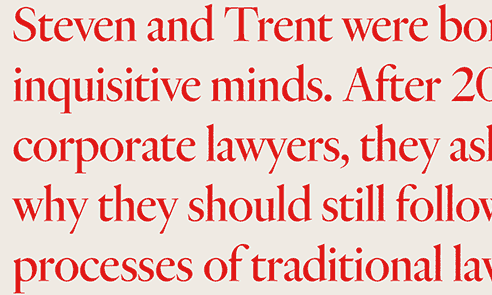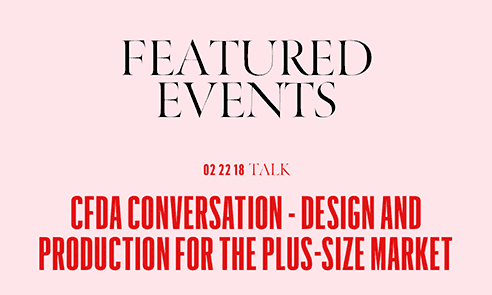

But how did it get there…and why didn’t Univers get the spotlight instead?

Too many typefaces in a single document can add a chaotic, uncomfortable tone and undermine your message.Helvetica is, by all accounts, a typographic celebrity. Keep It Simpleįor most situations, it’s best to use no more than two typefaces on official ACF materials. Choose one typeface and use it for body text – don’t combine different sans-serif typefaces. Start with Arial, Calibri, Helvetica Neue or Source Sans Pro. Body Textįor body text, a sans-serif typeface is preferred.

This creates visual hierarchy, which helps readers navigate your content more easily. Heading variations should follow an expected pattern – for example, Heading 1 should visually stand out more than Heading 2, which should stand out more than Heading 3, and so on. Vary the size and boldness of the type to make your headings stand out. Don’t combine different serif typefaces (for example, don’t pair Merriweather with Cambria). Some typefaces have serifs, which are little decorative strokes that appear on the ends of the letters. Sans means “without” in French, so sans-serif refers to typefaces without serifs.īelow is an example of a serif font (Cambria) compared to a sans-serif font (Calibri).įor headings, either use the same typeface as the body text, or pair with one serif typeface such as Cambria or Merriweather.


 0 kommentar(er)
0 kommentar(er)
